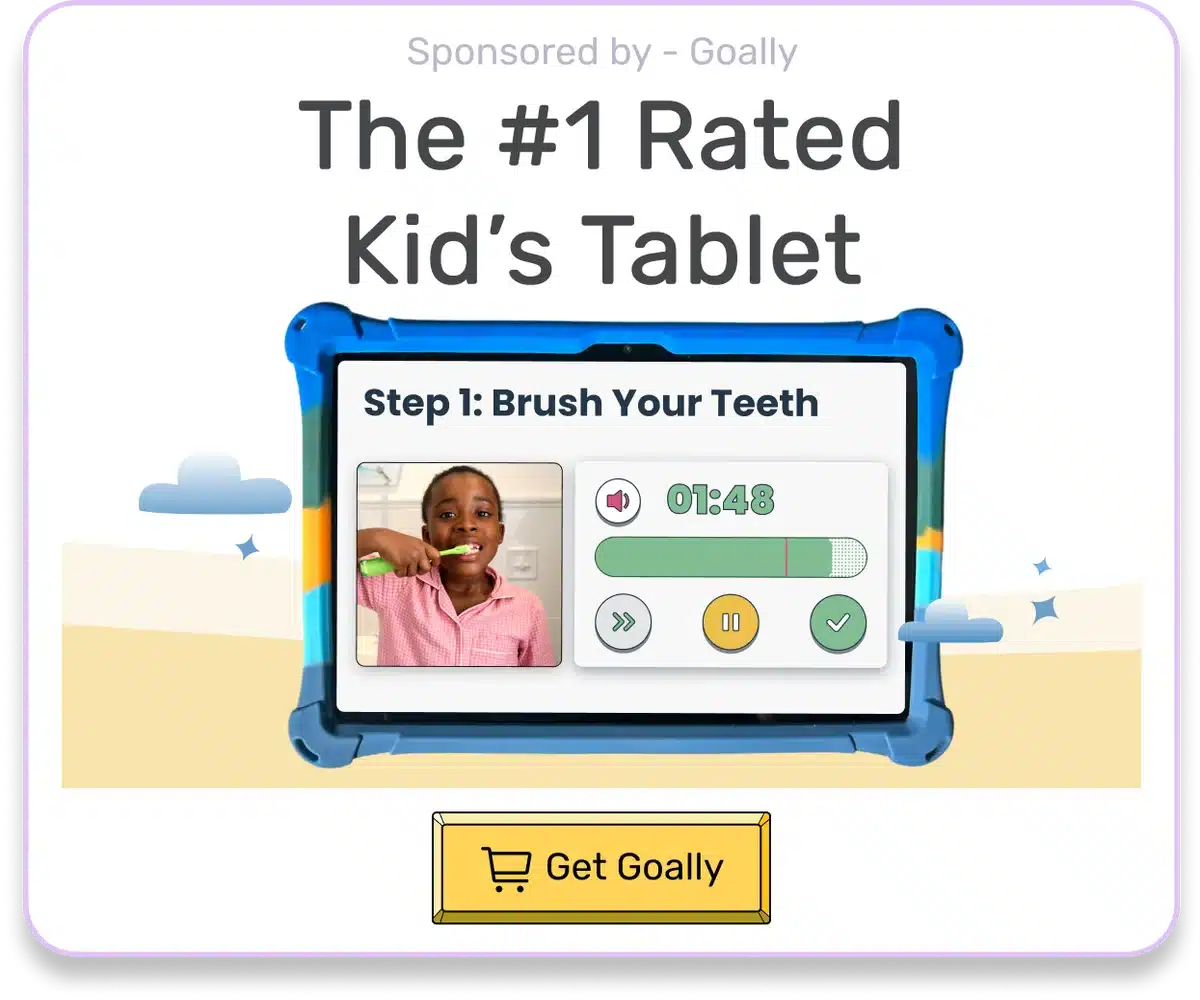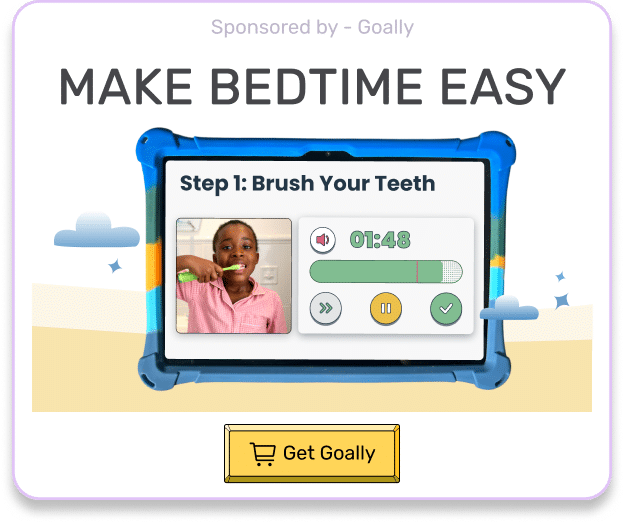Discover how visual schedules can help neurodivergent kids become more organized, confident, and independent. In this easy-to-read article, we’ll explain the benefits of visual schedules in occupational therapy and how they can make a massive difference for neurodivergent kids and their families. So, let’s get started and learn how this excellent tool can help your child succeed!
Table of Contents
Visual Schedules: A Simple Explanation
Visual schedules use pictures, symbols, or words to show a series of events or activities. They help kids with thinking and learning differences know what’s coming next, making them feel less worried and more in control.
Visual schedules are often used at home, in school, and during therapy sessions. They are customizable to suit each child’s needs, preferences, and abilities, making them a versatile tool for success.

Read more: Does My Child Need Occupational Therapy Quiz
Top 5 Benefits of Visual Schedules In Occupational Therapy
- Less worry and more predictability
- Better time management and organization
- Improved communication
- Greater independence
- Stronger planning skills
Predictability: A Key to Success
Life can be messy, especially for neurodivergent kids who may have trouble with changes and routines. Visual schedules offer a clear plan for the day, week, or even month, making life more orderly and calm. By providing a steady routine, these schedules can help lower anxiety and make everyone happier.
Read More: How Do Visual Schedules Promote Independence?
Studies show that visual schedules can greatly lower anxiety in kids with autism, ADHD, and other thinking and learning differences Visual schedules are useful for various tasks, such as morning routines, school schedules, and social events. By offering a consistent and reliable structure, kids can learn to anticipate changes and transitions, making it easier to adapt and cope.

Read more: Occupational Therapy vs Physical Therapy
Time Management and Organization: Building Blocks of Success
Do you ever feel like you’re constantly reminding your child to stay on task? Visual schedules can help! These tools can help kids manage their time and stay organized, letting them finish tasks more quickly and independently.
- Pro Tip: Use a timer or countdown app with a visual schedule to help your child stay on track for each activity.
Visual schedules can also help kids understand the concept of time and the order of events. By seeing their daily activities laid out visually, they can better understand how long each task takes and how to prioritize their time effectively.
Build Custom Printable Visual Schedules
Is your child having trouble managing their routines? Here’s a free visual schedule builder. Goally’s custom tool allows you to create printable personalized schedules that motivate your child to focus on their tasks. Perfect for morning, homework, and bedtime routines, this free visual schedule builder is easy to use and will help your child reach their full potential.
Click below to make your CUSTOM printable visual schedule! 👇
Communication: A Bridge to Understanding
One of the best benefits of visual schedules in occupational therapy is better communication between kids and their caregivers. These schedules show what’s expected, making it easier to avoid confusion and frustration. They can also help kids talk about their needs and choices more clearly.
Visual schedules can also help kids develop their social skills and emotional regulation. Children can learn how to interact with others and express their emotions more effectively by providing a clear visual representation of social situations.
Independence: A Path to Feeling Strong
As parents, we want our kids to do things on their own. Visual schedules can help kids become more independent by showing them what they need to do. This helps kids feel confident and proud of their abilities.
Goally | The Safest Tablet for Kids

Visual schedules promote problem-solving skills as kids learn to navigate daily routines and adapt to changes. By becoming more self-reliant, kids can develop a sense of accomplishment and self-esteem, setting them up for success in the future.
Planning Skills: The Foundation for Life
Planning, setting priorities, and solving problems, are essential for doing well in school and life. Visual schedules can help kids learn these skills by encouraging them to think ahead, break tasks into smaller steps, and adjust to routine changes.
Occupational therapists often use visual schedules to help kids with thinking and learning differences build and strengthen their planning skills. Kids can also learn how to set goals and track their progress. This can help them stay motivated and focused on achieving their objectives, leading to improved academic performance and personal growth.
Making Visual Schedules Work for Your Family
Here are some tips to get started:
- Involve your child: Let your child help make their visual schedule, picking images, symbols, or words they like.
- Keep it simple: Start with a basic schedule and add more as your child gets used to it.
- Stay flexible: Life happens, and plans change. Be ready to change your child’s visual schedule when needed, teaching them to handle surprises.
- Celebrate success: Praise your child’s progress, helping them feel motivated and confident.
Remember: The key to visual schedule success is consistency and patience. Stick with it; you’ll see significant improvements in your child’s organization, communication, and independence.
Goally | Apps To Structure Your Kiddo’s Routine
Does your child struggle with transitions or staying on task? Goally’s visual schedule app breaks down large tasks into small, achievable steps. It helps kids complete their tasks independently!
Wrapping Up
In wrapping up, it’s clear that an occupational therapy visual schedule is an invaluable tool for neurodivergent kids, fostering a sense of predictability, enhancing time management and organization, enabling improved communication, nurturing independence, and refining planning skills. By personalizing this tool, you’ll create a pathway to success for your child, and bring ease and joy into everyday tasks. Remember, this journey is a marathon, not a sprint, so patience and consistency are key. As you celebrate each achievement, you’ll witness the transformation of your child’s life – it’s a journey that’s as rewarding as it is enriching.
FAQs Occupational Therapy and Visual Schedules
How does a visual schedule help a neurodivergent child? A visual schedule helps a neurodivergent child by providing predictability, enhancing time management, improving communication, fostering independence, and boosting planning skills.
Can a visual schedule improve my child's communication skills? Yes, a visual schedule can significantly improve a child's communication skills by visually representing tasks and expectations, helping to reduce confusion and promote clear conversation.
How does a visual schedule promote independence? A visual schedule promotes independence by providing a clear plan for the day, enabling kids to complete tasks on their own and develop problem-solving skills.
Why is planning important in a child's development, and how does a visual schedule help? Planning is crucial for a child's academic success and personal growth. A visual schedule fosters this skill by encouraging kids to think ahead, break tasks into smaller steps, and adapt to routine changes.
How can I effectively implement a visual schedule for my child? To implement a visual schedule effectively, involve your child in its creation, keep it simple, remain flexible, and celebrate successes. Consistency and patience are also key for optimal results.
This post was originally published on 04/15/2023. It was updated on 12/29/2023.

Goally
We help parents teach their kids life skills, like doing bedtime and morning independently. Backed by science, we incorporate evidence-based practices and expert-informed designs in all of our apps and content.







